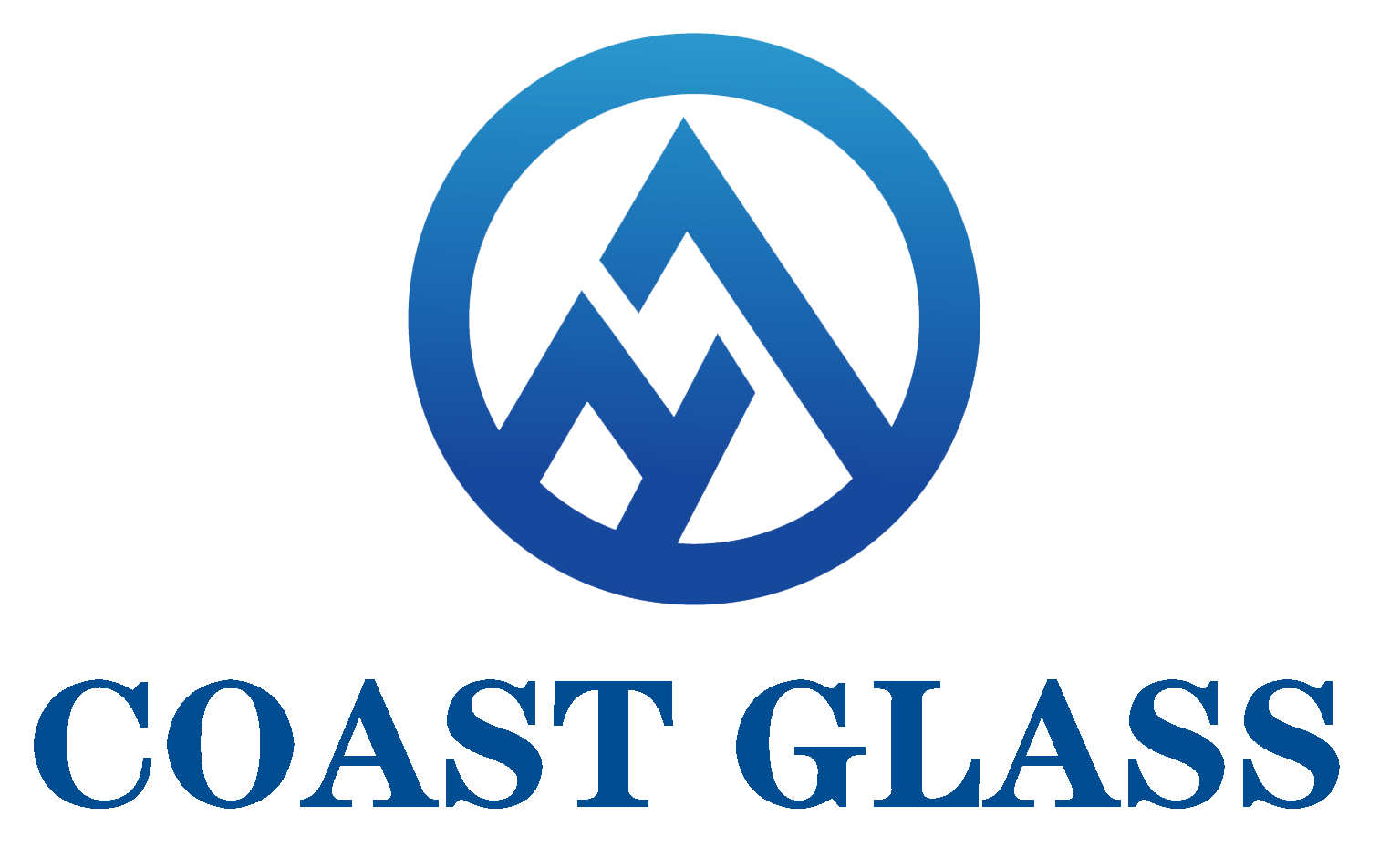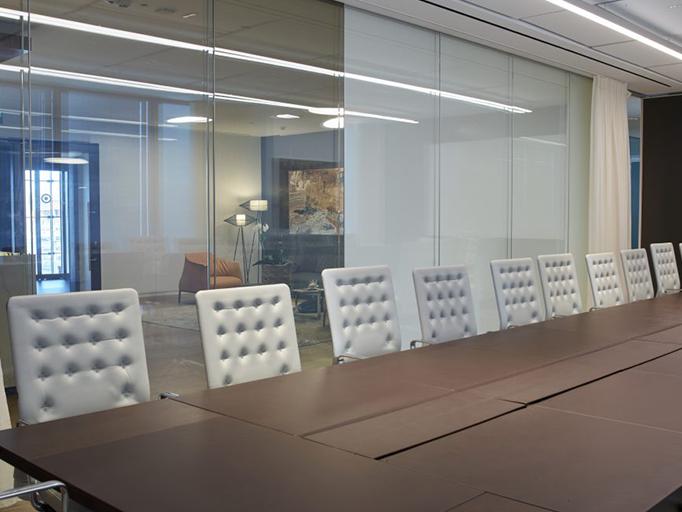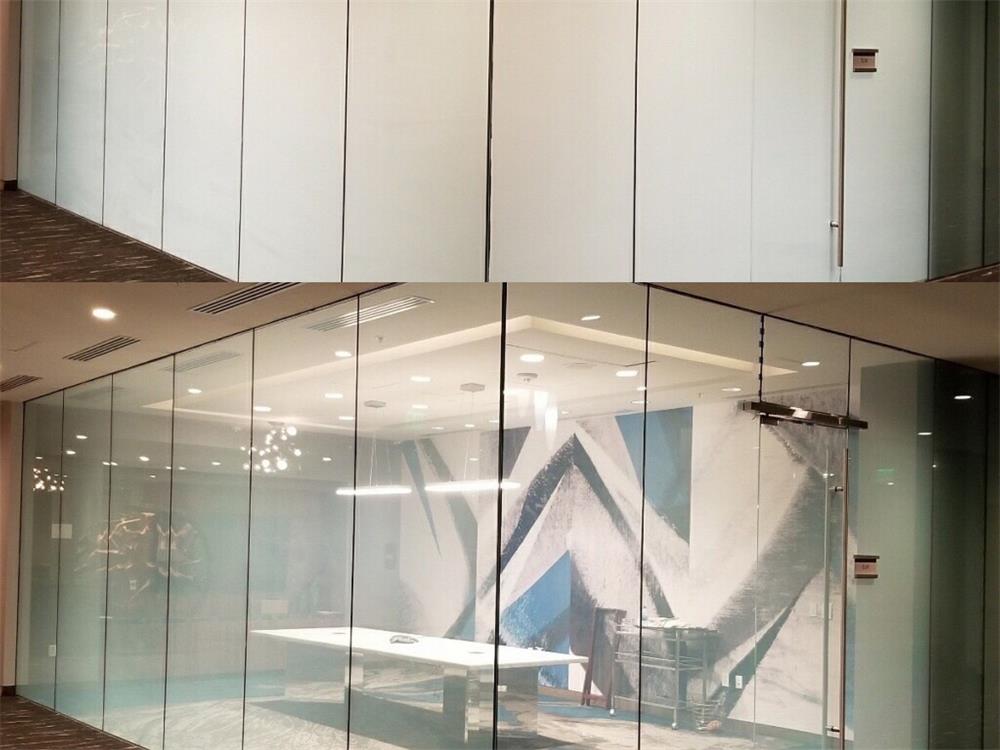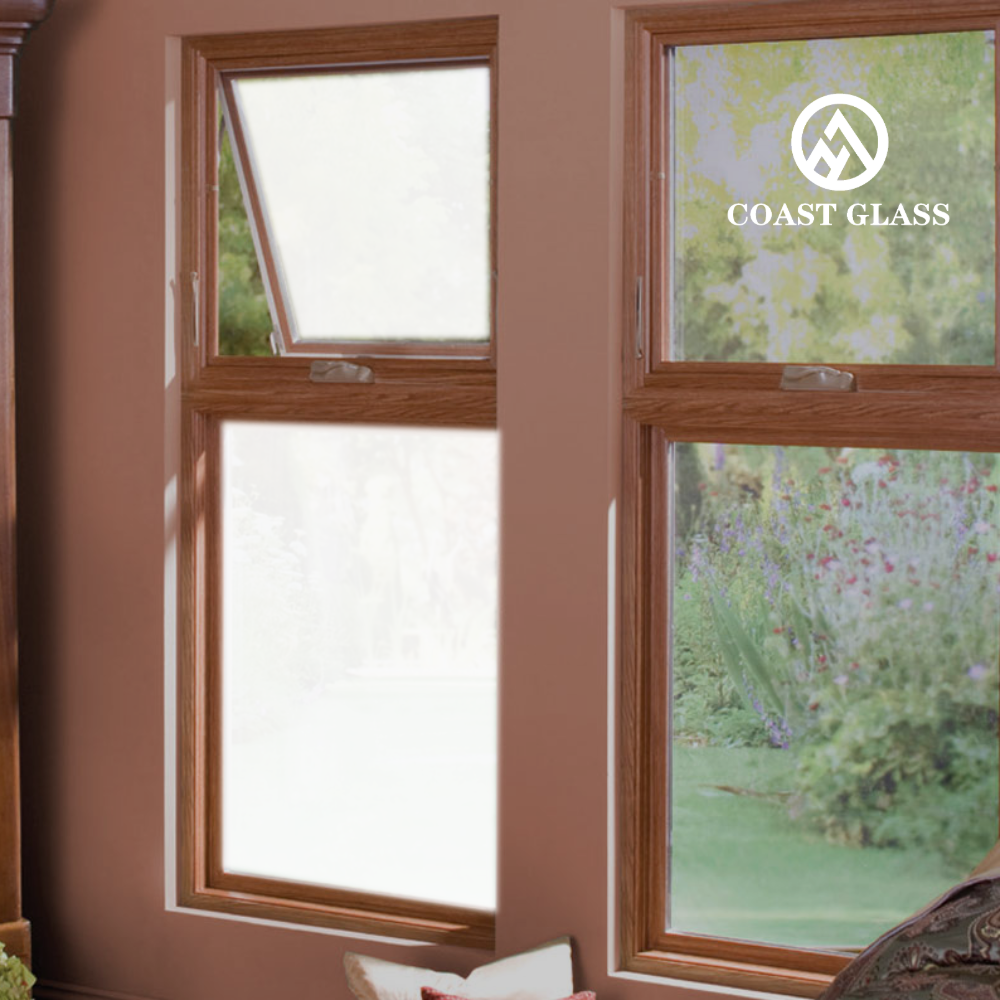PDLC Film Leads the New Trend of Smart Building Materials with Broad Market Prospects
Recently, the rapid advancements in smart technology have propelled Polymer Dispersed Liquid Crystal (PDLC) film into the spotlight of the building materials market due to its unique optoelectronic properties. As a cutting-edge composite material, PDLC film can seamlessly switch between transparent and frosted (opaque) states through voltage adjustment, offering innovative solutions for modern architecture and smart homes.
The high-contrast nature of PDLC film enables it to appear transparent when energized, allowing for maximum light transmittance, while transforming into a frosted state when de-energized, effectively safeguarding privacy. This unique characteristic has seen PDLC film find widespread applications in office partitions, conference rooms, high-end buildings, medical facilities, banks, mall display cases, and numerous other sectors. Additionally, PDLC film boasts heat insulation, sun protection, soundproofing, and noise reduction capabilities, further enhancing its market appeal.
The technology behind PDLC film was initially developed in Japan and industrialized in the United States. In recent years, with the expiration of relevant patents and continuous technological advancements, PDLC film has witnessed increasing global adoption. In China, the PDLC industry chain has taken shape, with several renowned enterprises emerging in the eastern and southern regions, such as Leto New Materials and BOE Technology Group, providing robust support for the market promotion of PDLC film.
Market data indicates that the demand for PDLC film continues to grow steadily, particularly in emerging fields like smart homes and green buildings, driving rapid market expansion. According to reports published by Newsource Industry Research Institute, the PDLC film market is projected to maintain robust growth in the coming years, solidifying its position as a vital force within the smart building materials sector.
The widespread application of PDLC film not only elevates the level of intelligence in buildings and homes but also offers consumers a more convenient and comfortable living experience. For instance, in office partitions, PDLC film can adjust its transparency as needed, ensuring spatial openness while maintaining individual privacy. In medical facilities, PDLC film can be used in operating rooms and intensive care unit partitions, offering a combination of durability, safety, and hygiene benefits that mitigate the need for frequent cleaning and replacement.
Moreover, PDLC film aligns with eco-friendly and energy-saving principles. In smart windows, PDLC film dynamically balances indoor lighting with natural light by regulating light transmittance, reducing energy consumption, and aligning with modern green building trends.
As technology continues to advance and consumers embrace smarter lifestyles, the market prospects for PDLC film appear increasingly promising. In the future, PDLC film is poised to find even broader applications, invigorating the development of the smart building materials industry.














